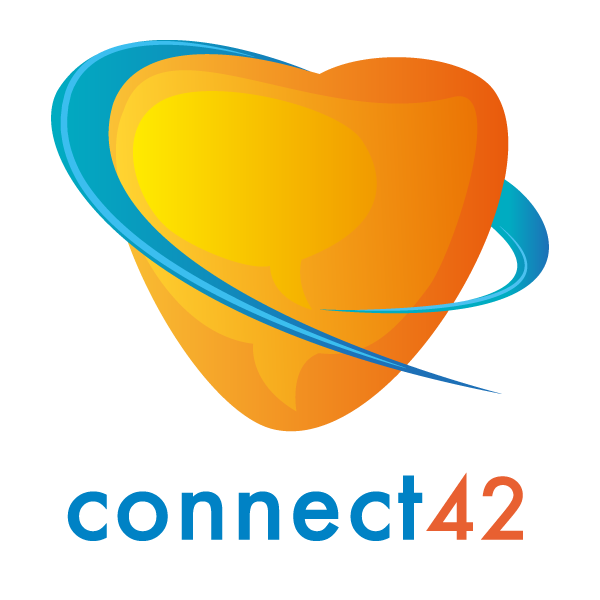Teamwork, a triangle of collaboration
Our son Gus is generous, gregarious, gorgeous and giggly. He also has a Language Disorder associated with complex developmental challenges. Although his Language Disorder does not define who Gus is; it greatly impacts his life.
He works hard. Very hard. To learn to speak, to learn to read, to learn to write. Thinking is easy, communicating less so.
Gus is one of the lucky ones. He has worked with an exceptional team of professional speech and language pathologists (SLP) since he was 2 years old and he has been blessed with amazingly committed and talented school teachers. We both have workplaces that allow us to work part-time and flexible work hours so that we can attend Gus’ therapy sessions with him; to enable us to deliver the hours of therapy that needs to be done at home each week. We have the time and capacity to research Developmental Language Disorder (DLD) that helps us to understand and best support Gus. We have plentiful family support, a caring and understanding community and a school that supports, encourages and nurtures. Take any-one of those variables away, and Gus would not be making the gains that he, and those collaborators committed to helping Gus, have worked so hard for.
If we had to say in one word what has been key for helping Gus reach his potential, it would be “collaboration”. All collaborators working together with people with DLD; their immediate and extended family and loved ones, the community, dedicated therapy and medical professionals, local, state and federal governments, universities and language training entities. We all have a role to play. We may have different motivators, but we are all committed to, and invested in, the outcomes for people with DLD.
There have been ups and downs in our journey. But when it works well it involves the technical expertise of the SLP being shared with carers and teachers and three -way communication and teamwork – a ‘triangle’ (of collaboration). This is key as addressing DLD is paramount to a child’s learning in all areas; academic, social and play: SLPs doing what they do (so well); teachers sharing their strategies and tools that best engage for learning and; carers providing child specific information and feedback on when they apply what they learn through the collaboration triangle. Coordinating and communication is a significant challenge. The pressures on teachers are enormous – yet a great opportunity we see is improvement in the effectiveness of collaboration between carers, teachers and SLPs.
For it to work well on the ground, funding models need to be understood, aligned and adequately resourced. The NDIS has been critical for us, but funding through this avenue is unlikely to be available to children with only DLD. A better understanding of who the NDIS supports is required to inform other funding streams, which will, in turn, inform how supports can be delivered. The Department of Education’s disability adjustment model is in its infancy; beginnings bring opportunities. Schools that support teaching for students with DLD benefits all children in the classroom. It is essential that school policies support collaboration with the private SLP sector and universities need to offer more placements to addresses the significant skill shortage of SLP across Australia. How can these elements be brought together to enable systematic collaboration and best use of the available resources for all children with additional needs?
It’s a lot to ask, so naturally, there are many barriers. But we can carve some out. We often work in silos, the fear of what we don’t know (because we haven’t been exposed or taught), the effort required to collaborate, especially with people we don’t know, time pressures, limited resources, policy restrictions ……. and this was all before COVID19. But one thing COVID has taught us, is that when we all work together and think outside the box, we can make things happen. If it takes a village to raise a child, then it takes a city to raise a child with DLD. And for a child with DLD to reach their potential, everyone in that city needs to work together.
You can’t just add water and mix to fix DLD. In our experience, it’s often two steps forward, one back. It’s a journey that takes time, discipline, commitment, creativity and empathy.
We can’t count how many times we have heard Gus say “I just want to be normal”. Gus works so hard to fit in, to ‘be normal’. Loving a child that is ‘not normal’ is emotionally challenging. We live his struggles, but we also live his strength. A strength that comes from not ‘being normal’. It builds perseverance, resilience, humour, kindness, and empathy that is a beautiful thing.
I hear Gus laughing as I type, negotiating with his sister. It makes me smile. There is some complex communication going on. He has come far.
How can we, colleagues at the heart of literacy, collaborate towards ever improving triangles of collaboration to better support others with DLD that are not as fortunate as Gus? It is within our reach to create an ensemble for the future of all kids with DLD.
Kate Polglase and Dugald Close are parents of beautiful Gus. They write here for the Colleagues @ The Heart of Literacy initiative which this year is focusing on DLD. Find out more at connect42.org.

